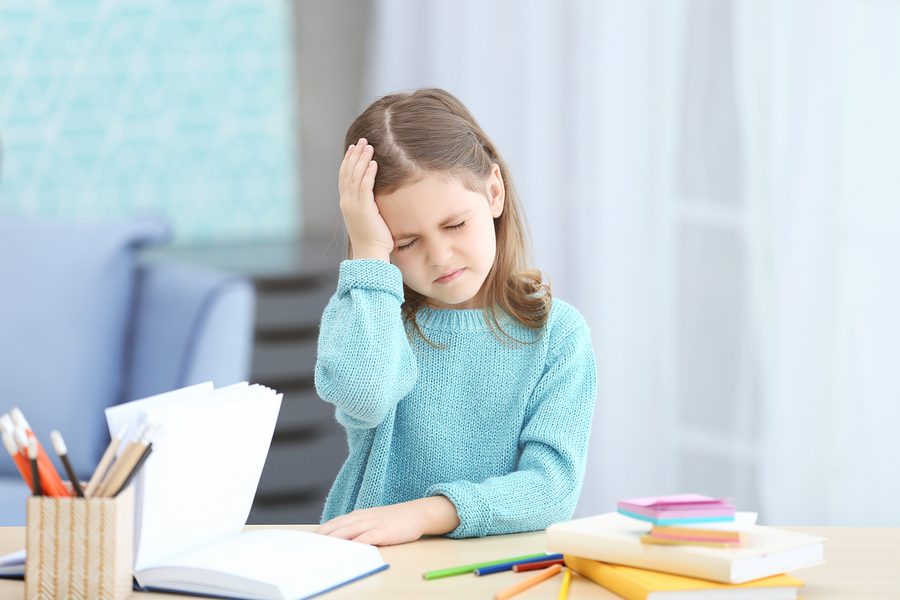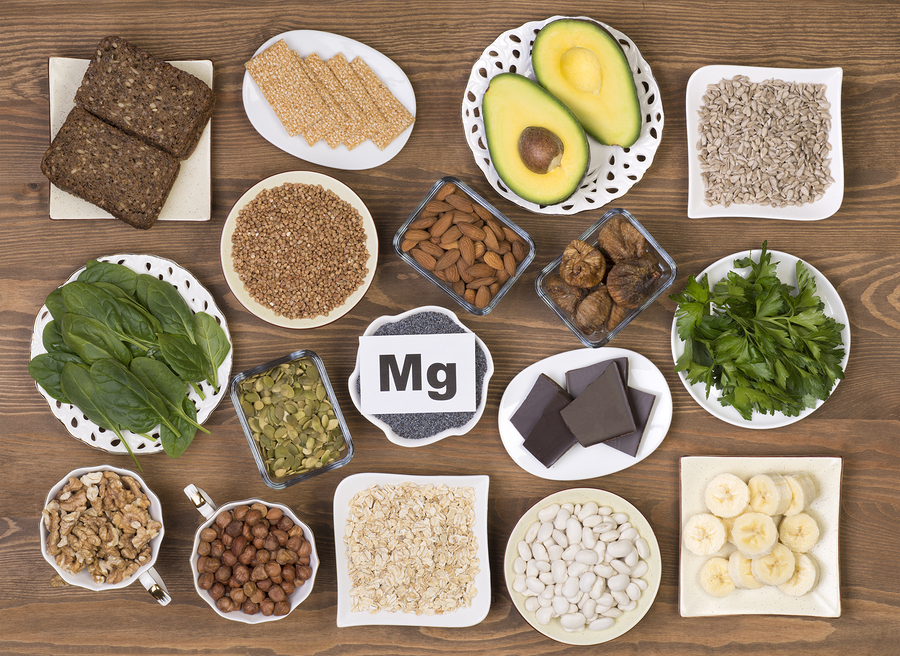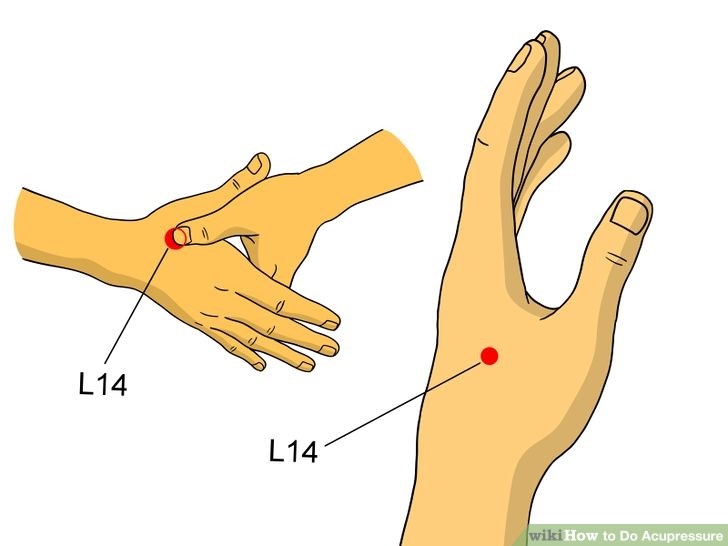
If you’ve ever suffered from headaches, you know how awful they can be. I, knock-on-wood, don’t often get headaches, but the ones I’ve had have been doozies and I have endless empathy for kids and adults who get them on a regular basis. And of course, when your child has a headache, the first concern that might pop into some of your heads is that something could be wrong – really, really wrong.
The first thing to know is that the vast majority of headaches do NOT signify an underlying brain tumor or meningitis. But, as a pediatrician, I want to remind you of the warning signs for when you should check in with your doctor. Take your child to the doctor if he/she:
- Has a headache that occurs with a head injury, even a seemingly mild one.
- Has a headache upon waking, or is worse first thing in the morning after waking.
- Has an associated fever.
- Develops pain or stiffness in the back of their neck when touching chin-to-chest.
- Is acting confused, not making good eye contact, is very sleepy and difficult to arouse, or is unusually fussy, irritable or truly “inconsolable”.
- Is vomiting and can’t keep fluids down.
- Has a headache that lasts for more than a few days.
- Has chronic headaches that are worsening or changing in pattern or intensity.
- You are very worried about your child and just want him checked out (trust your mama sense!).
Now that that’s out of the way, know that most headaches in children can be addressed with holistic approaches and natural remedies. So here you go – my top 5 pediatrician-approved natural remedies for your child’s headache.
Tip #1: Get Hydrated

The #1 reason for headaches in kids is dehydration.
How much fluid should your child be drinking each day? As a general rule, take your child’s body weight in pounds, divide in half, and that’s how many ounces of fluids your child should be drinking at a minimum each day. For instance, my 50-pound 6-year-old son should drink at least 25 ounces of fluids each day. And if it’s a very hot day or your child will be sweating and losing additional fluid from exercise – she should be drinking even more!
So WHAT should your child drink? Good ‘ol H2O is awesome. But when your child is dehydrated, a drink with electrolytes is ideal to replenish those minerals, keep him hydrated, and reduce those headaches. Here are some of my favorite fluids for kids:
- Coconut water is one of my favorite drinks – chock full of amazing electrolytes to keep our cells super-hydrated with just the right amount of sugar. I love the taste of coconut water all by itself in its unadulterated glory, but you can add a bit of unsweetened juice to suit your child’s palate if needed. You can make natural jello, fruit juice popsicles, and smoothies with coconut water to keep your kids hydrated – be as creative as you can!
- Herbal teas are another amazing way to keep your kids hydrated while also providing other healing benefits. Chamomile tea is calming, relieves pain and spasms, soothes upset tummies, and fights inflammation caused by fevers and colds. Peppermint tea cools the body, relaxes the mind, reduces nausea and helps with pain. Ginger tea reduces nausea and inflammation often associated with headaches. You can add honey (if your child is over 1 year old), which has its own immune-boosting benefits, or make popsicles, jello or smoothies with them just like with coconut water above.
- Bone broth! No discussion about hydration would be complete without discussing the amazing healing and hydrating benefits of bone broth. It’s so easy to make – much easier than you think! And most health food stores are now selling delicious made-for-you bone broths. Drink it like tea. Use it as a base for your child’s favorite soup. Use it instead of plain water to cook your child’s rice or pasta. The variety of ways you can use bone broth is endless – only limited by your imagination! Check out all the amazing benefits of bone broth with step-by-step instructions on how to make it on the Healthy Kids Happy Kids post Amazing Bone Broth.
Tip #2: Fill Up On Magnesium

Foods containing magnesium: pumpkin seeds, poppy seed, beans, chocolate, almonds, sunflower seeds, oatmeal, buckwheat, hazelnuts, sesame bars, figs, spinach, bananas and avocado.
There’s a huge epidemic of magnesium deficiency. We can pretty much assume that most of us are at least insufficient in this miracle mineral. Not only does it relax the body, it relaxes the mind – and it is amazing for headaches! There are various forms of magnesium. They’re all relaxing, but magnesium glycinate has the most calming effects. Magnesium citrate can help loosen bowel movements if constipation is an associated issue for your child. (Constipation is also rampant among our kids. See my blog post Oh, Crap! for more tips on how to handle constipation naturally.)
What dosage? Well, that depends on how deficient you are to begin with. The RDA for magnesium is about 2 milligrams (mg) per pound of body weight. But most people need way more than that. A general rule of thumb would be to take up to 5 times your body weight in milligrams (mg) of magnesium. So, my 50-pound 6-year-old could take about 250mg of magnesium daily. And if he’s having a really bad headache, he might need even more! The only caveat – you want to work up slowly because magnesium can sometimes cause diarrhea…
Epsoms salts are another amazing way to passively get magnesium into your child and relieve their headache. Pour 1/2 – 1 cup in your kids’ bath and just sit back and let the calm fill her body. Epsom salts are magnesium sulfate. Our skin is our largest organ, and everything that comes into contact with our skin gets absorbed into our body, So just soaking in epsom salts will help to increase our body’s magnesium levels. Throw in some healing essential oils, and – aahhhh…
Tip #3: Use Essential Oils

Essential oils have amazing healing benefits and can be a powerful tool to help alleviate those troublesome headaches in your child.
Lavender is my all-time favorite essential oil to use for headaches. Who doesn’t love the smell of lavender? But did you know lavender essential oil also has amazing therapeutic calming and relaxing properties for the body and mind? Lavender reduces inflammation and spasm, alleviates pain, helps fight infection, calms anxiety, improves mood, and relaxes the body and mind.
Other essential oils can be very helpful for headaches when used alone, or together, with lavender. Peppermint essential oil can help fight headaches, reduce nausea and stomachaches, relax those tight neck muscles that aggravate headaches, fight infection, clear sinus congestion, and improve mental clarity. Thyme and rosemary essential oils have amazing anti-inflammatory properties and have been found to contain carvacrol – a compound that acts as a COX-II inhibitor and is similar in action to a nonsteroidal anti-inflammatory drug (NSAID) like ibuprofen.
Essential oils are very safe and effective for use in kids, and school-age kids can even learn to use essential oils on themselves. Some essential oils like lavender can be applied directly to the skin, while others like thyme should be diluted in a “carrier” oil such as coconut oil as direct application can irritate the skin. As a general rule, I dilute essential oils by mixing 1 tablespoon of coconut oil with about 4-5 drops of essential oil. If you’re using a combination of essential oils, put in a total of 4-5 drops of whatever combination you’re using (i.e., 2 drops lavender + 1 drop peppermint + 1 drop rosemary + 1 drop thyme).
Essential oils can be used topically and massaged into the soles of the feet, acupressure points, or anywhere else that feels good. Your child can rub that essential oil blend together in both palms, cup his hands over his nose and mouth and take a slow inhale through his nose so the oil gets transported straight to the limbic system in his brain to have direct and immediate calming and headache-relieving effects. You can also use a diffuser with 5-10 drops of essential oil to fill the whole house with healing power, or put a few drops in her Epsom salt bath for added calming benefits.
Tip #4: Acupressure at LI4

One of the easiest and most effective acupressure points to use for headaches is Large Intestine 4 (LI 4). LI 4 is located on the top of the hand, in the webspace between your thumb and index finger. Put your thumb on the point, and your index finger on the palm side of your child’s hand. Squeeze your thumb and index together, make small circular motions with your thumb with firm but gentle pressure. Aim for several minutes or 100 circles. And better yet – massage essential oils right into LI4 to have an even more potent effect on getting rid of that pesty headache!
Tip #5: RELAX…
Kids can, and should, learn stress reduction techniques, including mindfulness and meditation. Teaching your kids how to use these very important tools can not only help to relieve their headache, but reduce overall anxiety, improve focus and attention, and enhance sleep and overall well-being. Learning how to use these tools to relax body and mind BEFORE your child has a headache is ideal, so that your child already knows how to get into a mindful state before crisis hits. But even if your child has never practiced meditation before, apps like Calm and Headspace make it easy to walk through brief, guided meditations to help calm body and mind and alleviate that headache on the spot.
Relaxation and mindfulness take practice (for parents and kiddos alike!). A daily family practice, shared as part of the bedtime routine, can instill a sense of calm and well-being for the next day and days to come!
These are some of my favorite tools for kids to learn how to relax their bodies and minds and learn to incorporate mindfulness in their everyday lives:
- The Calm and Headspace apps can be used not only for an acute crisis like a headache, or anxiety before an exam, but also for daily practice for the whole family.
- Sitting Still Like a Frog: Mindfulness Exercises for Kids (and Their Parents) by Eline Snel is a book with accompanying CD that offers children simple mindfulness practices and guided imagery to easily get into a relaxed state when needed.
- Peaceful Piggy Meditation by Kerry Lee MacLean explains through story why finding peace through meditation is so important, and simple techniques to begin your child’s meditation journey.
- The Goodnight Caterpillar: A Children’s Relaxation Story by Lori Lite is a beautiful story of a girl who teaches a very anxious caterpillar how to slowly relax and unwind his legs, arms, body and mind, and teaches progressive relaxation to kids in a simple yet very effective way.
- Dreaming of Ponies by Lori Lite is available as an audio CD or MP3. Lori guides children through meditations to learn progressive relaxation, breathing, and calming techniques for bedtime and everyday stress.
- Still Quiet Place: Mindfulness for Young Children and Still Quiet Place: Mindfulness for Teens by Dr. Amy Saltzman, are available as audio CDs or MP3. Dr. Saltzman guides kids of all ages through various, short mindfulness exercises that are calming and easy to implement.
What If Your Child Has Chronic Headaches?
Chronic headaches are an indication of an underlying imbalance(s) that CAN BE HEALED if we identify what the root causes are. Root causes can include nutritional deficiencies or insufficiencies, food sensitivities and leaky gut; intestinal dysbiosis with yeast, parasite or bacterial imbalances; mitochondrial dysfunction; and modifiable lifestyle factors (too little sleep, too much physiologic and emotional stress, too much screentime, etc.). The root cause may even be something as simple as needing a new pair of glasses! This detective work takes a holistic pediatric and functional medicine approach. So if your child is suffering from more than just the rare headache that isn’t relieved by my top remedies above, then please do find a holistic pediatrician or pediatric functional medicine practitioner to help guide you and your child through this healing journey.
And please do share this post with any parent you know who has a child suffering from headaches.
xo Holistic mama doc – Elisa Song, MD

Leave a Reply